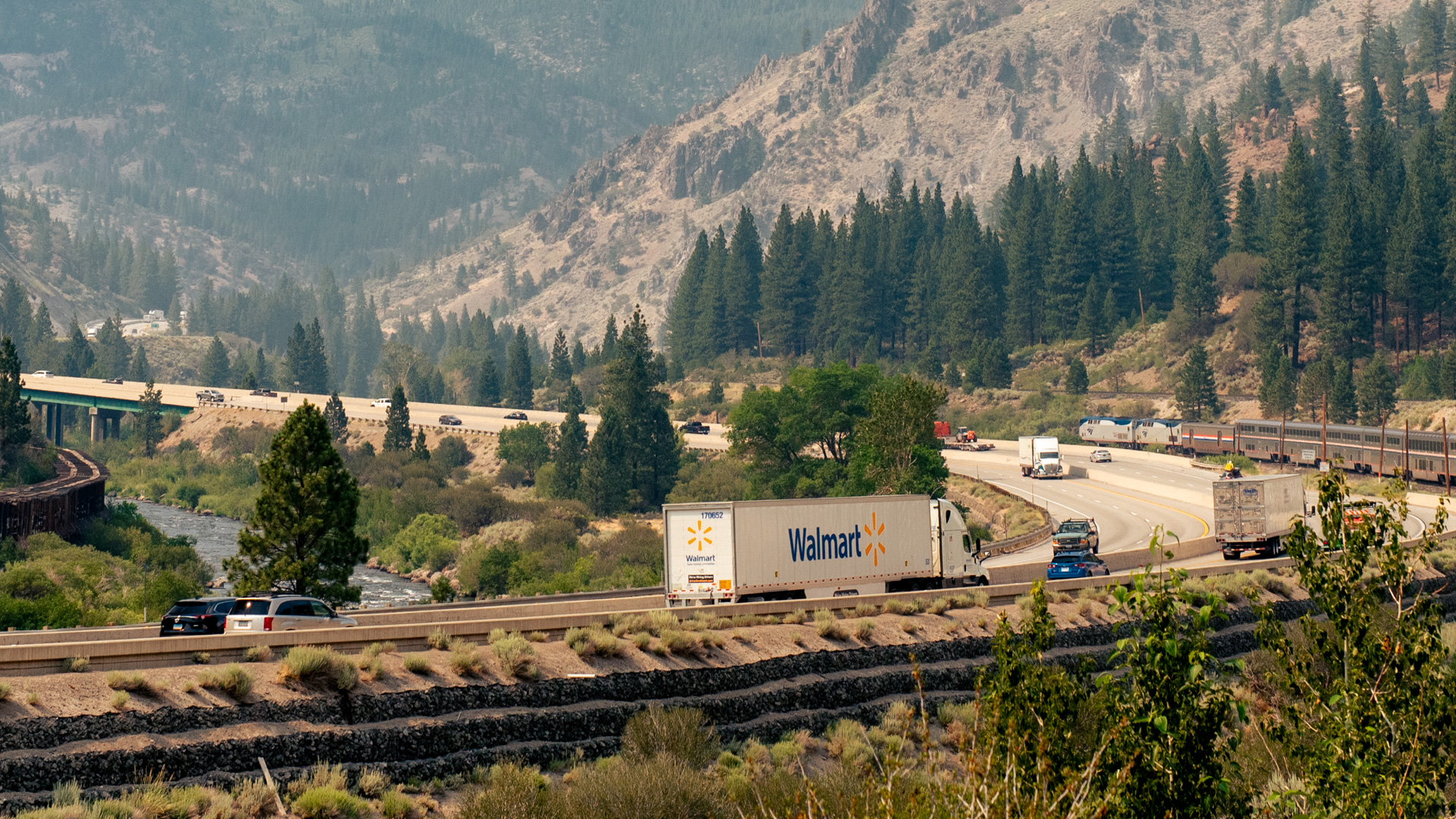

The Environmental Protection Agency proposed new rules in March to cut emissions from heavy-duty trucks, but now it wants to make the rules even more strict. Given the Inflation Reduction Act’s focus on electric cars and Congress’ appetite for emissions reductions, Reuters reports that the EPA will issue a supplemental notice later this year that will set tougher guidelines. Importantly, these target heavy trucks as the number one source of NOx emissions in the United States.
The stricter rules aren’t available yet to the public, but the March guidelines called for significantly lower CO2 and NOx emissions starting in 2027. They’ll continually get tougher from there on, with the primary goal of reducing NOx emissions by 60 percent come 2045.
Those guidelines also called for manufacturers to warranty emissions systems for longer to help discourage truck owners from removing or circumventing the systems. Additionally, they would allow for the EPA to change its emission-testing procedures to better reflect real-world truck use. The proposed changes affected about half of the EPA’s classes of heavy trucks, including school buses, commercial delivery trucks, and some tractors.
Now, however, an official for the EPA told Reuters that “Congress definitely sent a very strong message backed by significant resources” with the passage of the Inflation Reduction Act. What’s more, the agency believes there’s an appetite for even more drastic changes. The Inflation Reduction Act did include a tax credit of up to $40,000 for commercial trucks, which will likely speed the adoption of zero-emissions heavy vehicles, and California’s emissions regulation agency wants to ban diesel trucks outright by 2042.
It may be a stretch to call those timelines realistic. California currently has fewer than 2,000 zero-emissions trucks on its road, primarily buses, and if it bans conventional diesel trucks, that would require 1.8 million vehicles to be replaced or converted in the next two decades. Still, the regulatory fire has intensified since the Biden administration’s renewed focus on environmental initiatives. The EPA’s national changes will be formalized by December of this year.